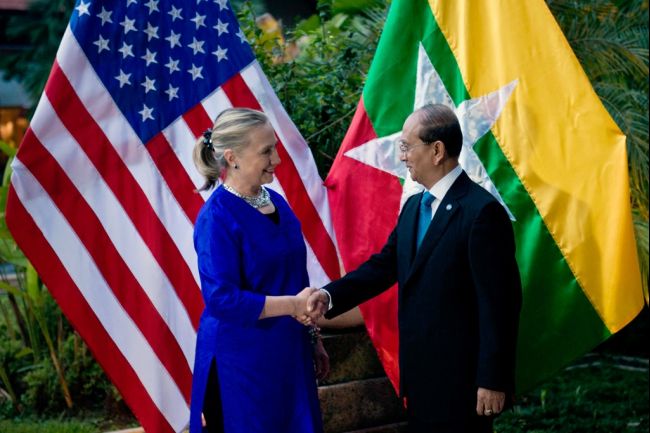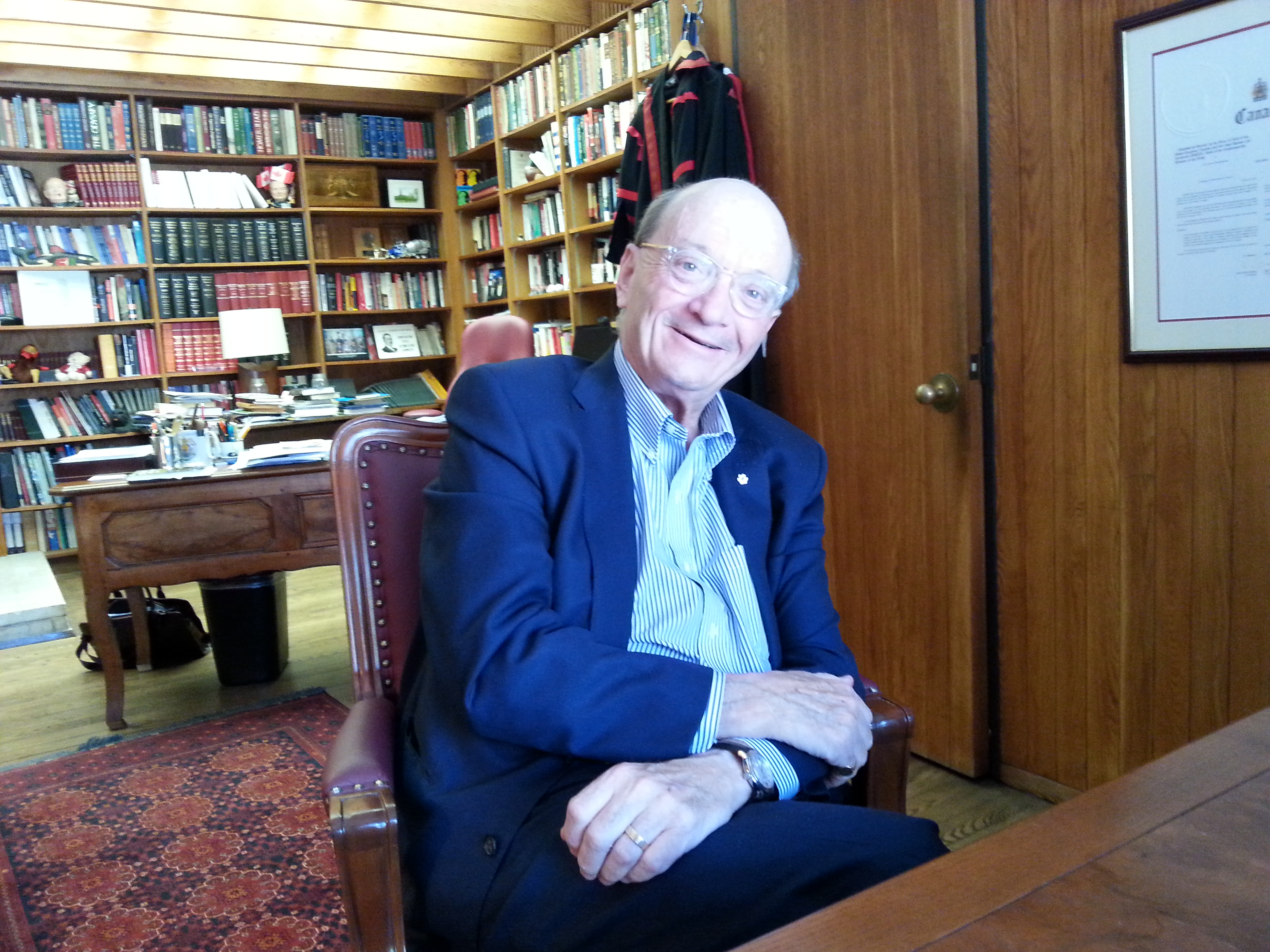It seems Latin American nations are quickly picking sides. The choices: The Pacific Alliance and Mercosur. Only Guyana and French Guiana remain unaligned. As the name might suggest, it is a fairly clear Pacific-Atlantic –or East-West- alignment. Colombia, Mexico, Peru and Chile comprise the Alliance while Brazil, Argentina, Uruguay and Venezuela form Mercosur.
[captionpix align=”right” theme=”elegant” width=”350″ height=”500″ imgsrc=”http://natoassociation.ca/wp-content/uploads/2013/06/Slide1.jpg” captiontext=”Click to enlarge. Economist.com.”]
Both blocs were created, ostensibly, to promote free trade among South American countries and open markets to investment. “Open Regionalism” is prevalent in South America; states aim to deepen regional economic integration in order to be more competitive in a globalizing world. Modeled after the idea of ‘Factory Asia’, the goal is to create supply chains that harness all the value-added of South American resources and move the continent away from dependence on the primary sector. Open regionalism aims to diversify the subcontinent’s economy and make it more competitive in global markets.
The Pacific Alliance, despite only having been created in 2011, has made significant progress towards integration and market freedom. Last month, the members signed an agreement promising to remove inter-member tariffs on merchandise by 90%, with the remaining 10% to be phased out within the next seven years. The Pacific countries already eliminated visa requirements, and all except Mexico unified their stock exchanges. In only two years, the members of the Alliance have removed major obstacles to regional integration and opened the doors to foreign investment through free trade agreements (FTAs) established with the US and the EU, among others.
Mercosur (Mercado Común del Sur – Common Market of the South), created in 1991, is a significantly older organization that has not experienced as much success in achieving its initial mission. While some might call it inefficient and stagnant, the real issue with Mercosur is that its goals have changed drastically. Comprised of mostly leftist governments, the domestic interests of its member states often clash with the original purpose of the bloc. Former Brazilian Foreign Minister Luiz Felipe Lampreia says that Mercosur has become a purely political front with protectionist tendencies in everything but name.
The bloc only holds undemanding trade deals with Israel, India, Egypt, and the Palestinian authority. Its talks with the European Union, which started in the 1990s, stalled over access to key markets and have barely advanced over the last 15 years. Recently, and not very surprisingly, Argentinian President Cristina Fernández firmly stated that she would not accept any deal that exposes Argentinian companies to “unfair competition from Europe.” This is hardly promising to investors or even fellow bloc members, especially coming from a country notorious for its corruption and internationally covered scandals.
Mercosur, led mostly by Brazil and Argentina, profited tremendously from the commodity boom. The economic downturn however, left its members’ economies with a low growth rate and few prospects of foreign investment. Its protectionist, state-cradled economies isolated the bloc from foreign trade and global value chains. This results in Mercosur members trading and reaching contracts with each other’s inefficient, government-protected industries. A clear example is Venezuela’s engagement of the famously ineffective Brazilian construction sector.
[captionpix align=”right” theme=”elegant” width=”250″ imgsrc=”http://natoassociation.ca/wp-content/uploads/2013/06/Screen-shot-2013-06-04-at-10.31.41-AM.png” captiontext=”Economist.com”]
The Pacific Alliance, on the other hand, is taking strategic steps to achieve its goals. The diplomacy of the member states and the foreign marketing of the venture have been extremely effective. The May 23rd talks in Colombia attracted Canadian Prime Minister Stephen Harper and Spanish Prime Minister Mariano Rajoy as observers. International attention, in addition to fast growth and increasing regional importance, has driven investment expectations and incentives higher than ever before.
The Alliance also faces significant challenges, a major one being physical distance. The infrastructure is not yet in place to create a well-integrated supply chain to rival Factory Asia. Antoni Estevadeordal of the Inter-American Development Bank defines this as a lack of the “physical hardware of integration” but sees an unprecedented initiative to develop it.
How big is the actual chasm?
There are important differences in the general ideologies of the two blocs, especially after Venezuela, with its blatantly state-controlled industries, joined Mercosur. The acceptance of the then Chavez-led country confirmed to many that the bloc had abandoned its initial objective and had become a group of political affinity. All this happened while the Pacific Alliance garnered international attention for its relentless drive towards open economies, with its members also in line for a Trans-Pacific Partnership (TPP).
Some analysts portray the two blocs as direct opposites (See these Economist articles 1. 2. 3.) but this is hardly the case. While the claim of Latin American leaders that there is no rivalry amongst them seems like a political nicety and it is obvious that competition is present, integration between the two groups is only increasing. Paraguay, a former Mercosur member, and Uruguay, a current member, have recently applied to the Alliance for observer status. Meanwhile, Colombia, Chile and Peru were recently received into Mercosur as associate members.
The member states of both blocs hope, albeit fairly optimistically, that using their joint economic and infrastructure capabilities, open regionalism can be developed thoroughly. If Latin America were to achieve this level of integration and an efficient supply chain, left-leaning governments would not have to protect their industries, as they would already be competitive. While this goal is still a long way from reality, and naïve cooperation ideals are not helpful, integration is underway. Labeling the situation a definite “geopolitical divide” and describing the two blocs as “oceans apart” only misrepresents and undermines Latin American efforts.




